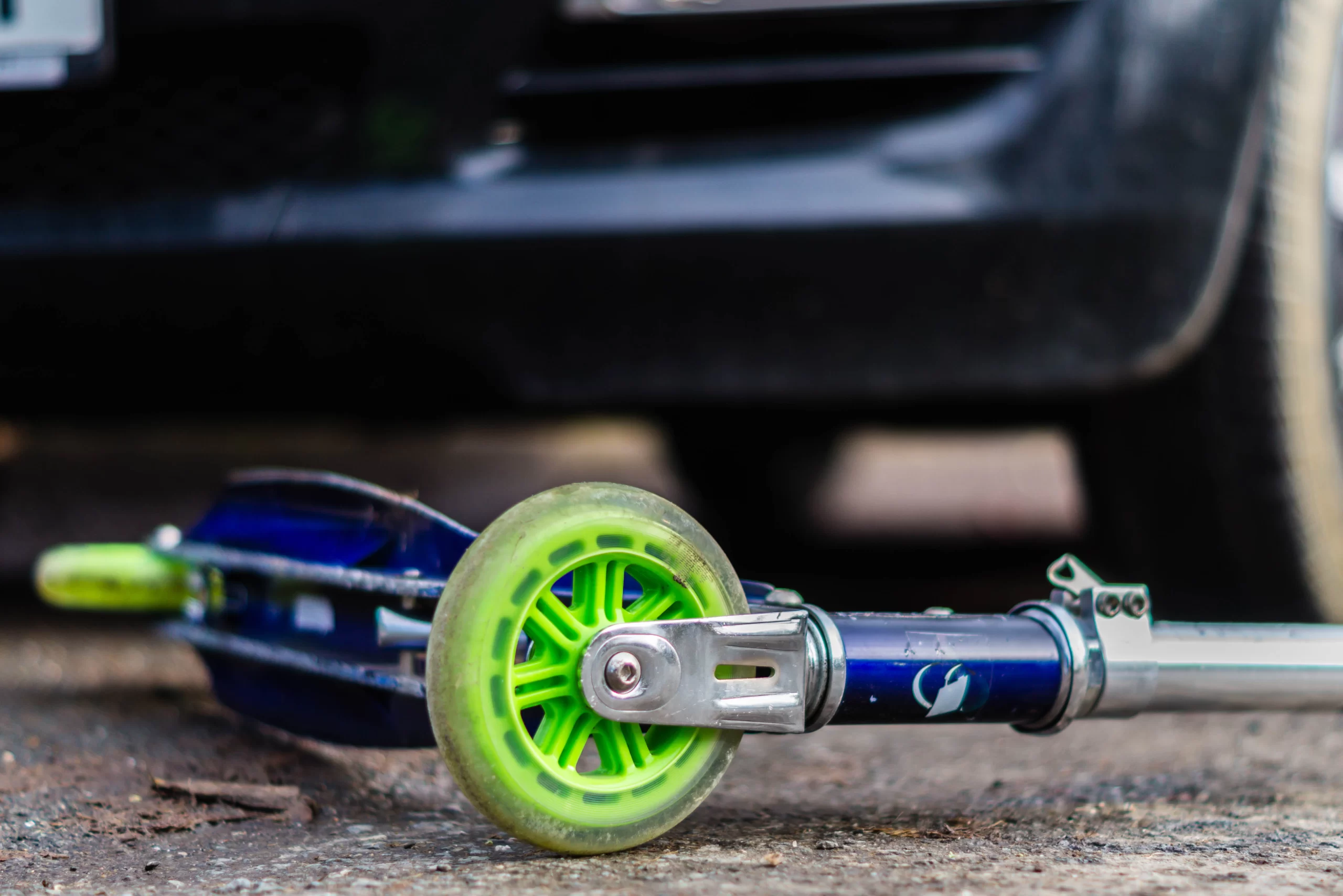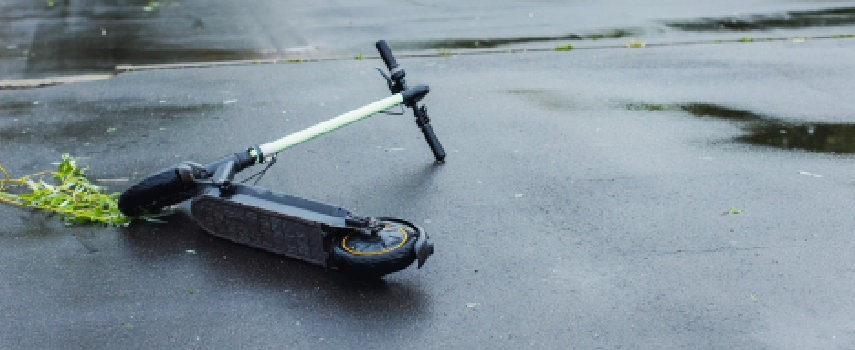An eleven-year-old boy riding his scooter was struck by a car last night in Brooklyn near Ocean Parkway and Avenue V in Gravesend, and the driver ran away. Witnesses reported a gray Acura Integra sped off after impact. The child was rushed to Maimonides Medical Center in critical condition, and a bystander was also hurt by debris. Police later recovered the vehicle abandoned nearby, but the driver has not yet been identified. Moments like this leave families asking two questions at once: how is the driver held accountable, and who pays for the care right now?
Under New York’s Vehicle and Traffic Law §600(2), leaving the scene of a crash that causes injury is a crime. When injuries are serious, it is a felony; if a victim dies, prosecutors can seek even harsher felony charges. A driver cannot escape responsibility by claiming they “didn’t realize” someone was hurt—courts look at the force of the collision, the damage, witness accounts, and other facts to decide whether the driver knew or should have known. If the driver is caught and convicted, that criminal conviction becomes powerful evidence in a civil lawsuit for damages. Criminal court punishes; civil court compensates. For a family, both paths matter.
Civil liability also reaches beyond the person behind the wheel. New York law makes vehicle owners legally responsible when someone uses their car with permission and causes harm. That means once police identify the driver or the owner of the Acura, the family may pursue claims against them both. This is important because it connects the claim to an insurance policy—even if the driver tries to hide.
While the criminal case unfolds, the immediate concern is medical bills and lost income. New York’s No-Fault system provides up to $50,000 in basic economic benefits for people injured by a motor vehicle, including pedestrians and riders of non-motorized scooters. In a typical case, those benefits are paid by the at-fault vehicle’s insurer. But in a hit-and-run, there may be no insurer to contact. That is exactly why the Motor Vehicle Accident Indemnification Corporation—MVAIC—exists. MVAIC can step in when the at-fault vehicle is uninsured or cannot be identified. It pays the same No-Fault medical and wage benefits and, where the injuries are serious, can also pay bodily-injury damages for pain and suffering.
To qualify, the crash should be reported to the police within twenty-four hours if possible, and an application must be filed with MVAIC within ninety days. MVAIC’s typical limits are $50,000 for basic economic loss and $25,000 per person (up to $50,000 per accident) for bodily-injury damages, with higher limits in death cases. If the driver or owner is later found, their insurance takes over and reimburses MVAIC.
Families should also check their own auto insurance. Most New York policies include Uninsured Motorist (UM) coverage that protects household members injured by an unidentified or uninsured driver—even if the injured person wasn’t in the family car at the time. UM can provide additional compensation for pain and suffering beyond basic No-Fault and may be available alongside a MVAIC claim. Because UM claims have technical requirements—like proving there was physical contact with the hit-and-run vehicle—getting legal help early can make the difference between coverage and a denial.
Sometimes a roadway itself contributes to a crash. Poor lighting, missing or obscured signs, dangerous sight lines, or a poorly designed crossing can turn bad decisions into tragedies. Claims against a city or other public agency are possible, but they are challenging. Municipalities have qualified immunity for many planning decisions, and strict deadlines apply. A notice of claim generally must be filed within ninety days, and a lawsuit is typically due within one year and ninety days.

Success often depends on proving the government knew or should have known about a dangerous condition and failed to act, or that its own work created the hazard. If roadway issues might be involved, the safest course is to investigate immediately so deadlines aren’t missed. Because the victim here is a child, additional protections apply.
New York law “tolls” the statute of limitations for minors, pausing the clock until age eighteen and generally allowing injury claims to be brought until the child turns twenty-one. Courts also use a child-appropriate standard of care when evaluating conduct and require judicial approval of any settlement to ensure the funds are protected and used for the child’s benefit. These safeguards give families time to understand the full medical picture and future needs before resolving a claim, while still requiring early action to preserve evidence and insurance rights.
For families facing the aftermath of a hit-and-run, the path forward is clearer than it may feel in the moment. Report the crash to the police, get every bit of medical care your child needs, and document everything—photos, video, witnesses, nearby cameras. Notify your own auto insurer to protect a potential UM claim and begin the MVAIC process if the driver remains unknown. If the driver or owner is identified later, their insurer becomes responsible for both No-Fault and liability payments, and any criminal conviction can strengthen the civil case.
If you’ve been injured in an accident, don’t wait. Call us 24/7 or contact us through our website or live chat to speak directly with an experienced attorney at The Platta Law Firm. We fight for injury victims across New York and will help you get the justice and compensation you deserve.


